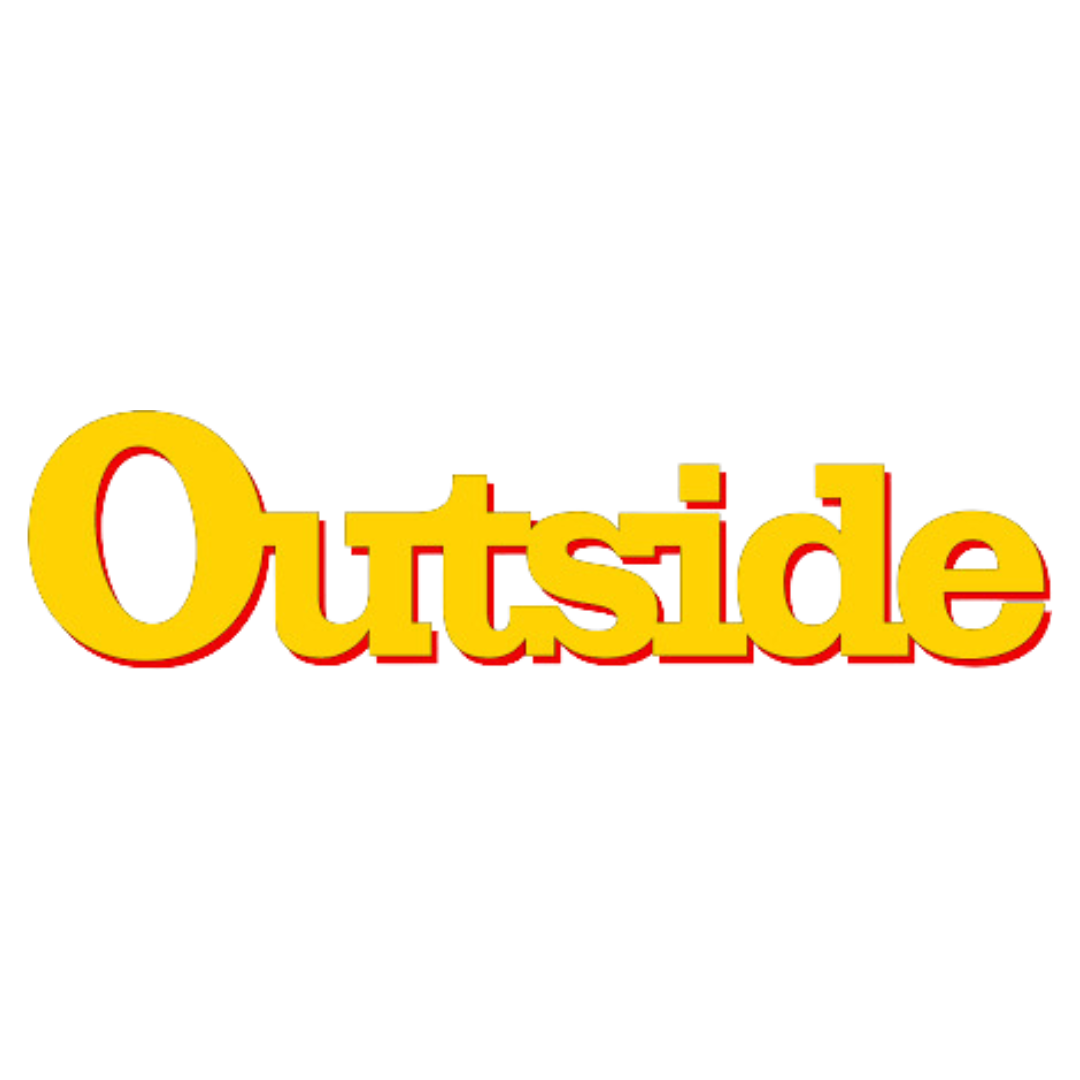


SF Gate: The race to save seeds of California's disappearing Joshua tree
The tiny fridge-filled room in Joshua Tree is one piece of a global effort to collect, categorize and keep the world’s plant seeds — before it’s too late. One of the most well-known examples of this effort is the Svalbard Global Seed Vault, nicknamed the “doomsday vault,” tucked 100 meters into a mountain in a remote and icy corner of northern Norway. Svalbard holds duplicates of seed samples from around the world, with a goal of backing up seed collections elsewhere “to secure the foundation of our future food supply.”

Protecting California's Deserts with LWCF
All too often overlooked for their ecological value, the California’s Mojave and Colorado deserts feature stunning biodiversity, surpassing even many forest ecosystems. More than 2,400 native plant species, 72 occurring nowhere else on earth, reside in the windswept dunes, craggy mountains, life-giving waters, and other habitats that encompass the region. This landscape makes up 27% of the state’s land mass, sequesters 10% of its carbon, and is the nation’s largest relatively intact ecosystem outside of Alaska. This, however, belies the fragility of California’s deserts, which face unprecedented pressures from climate change and development.

LA Times: State releases new plan to protect Joshua trees
The Joshua tree is cherished for its distinctive silhouette and singular role as a linchpin of the Mojave Desert ecosystem. Yet the iconic succulent is losing suitable habitat at a brisk clip due to climate change, worsening wildfires and development, scientists and environmental advocates say.
A new plan by the California Department of Fish and Wildlife to ensure the Joshua tree’s survival calls for limiting development in certain areas, including those where the plant may be able to thrive in a future anticipated to be warmer and drier, even as other portions of its range become uninhabitable.

LA Times: We need more street shade in L.A. Why aren’t we planting native trees?
Fall is a great time to plant trees because the winter rains give them a chance to settle in before it gets too hot. Many municipalities and utilities offer free trees to residents to bring more shade and beauty to our urban areas, support wildlife and even reduce energy costs.
